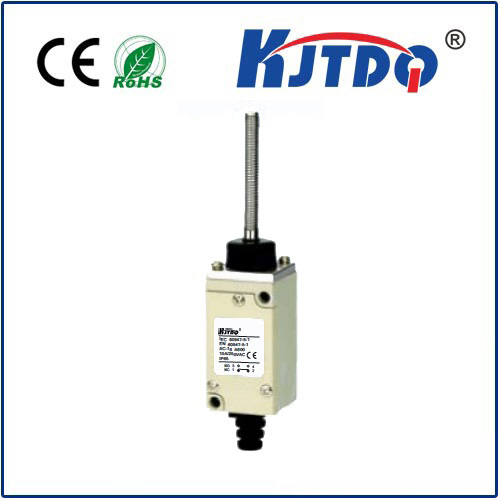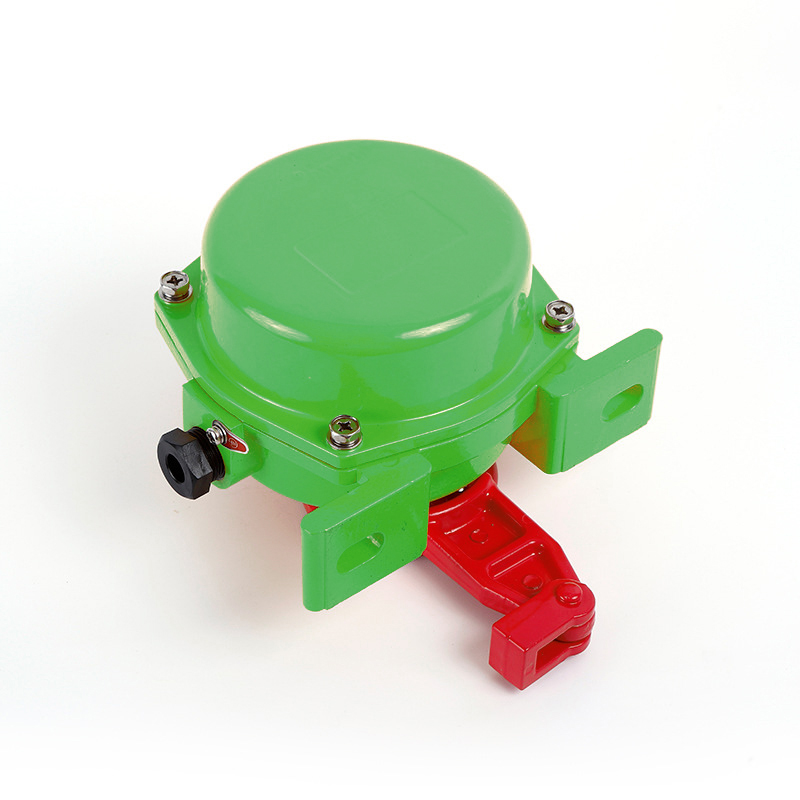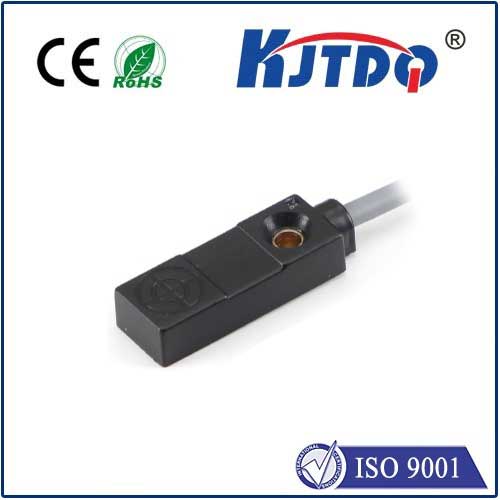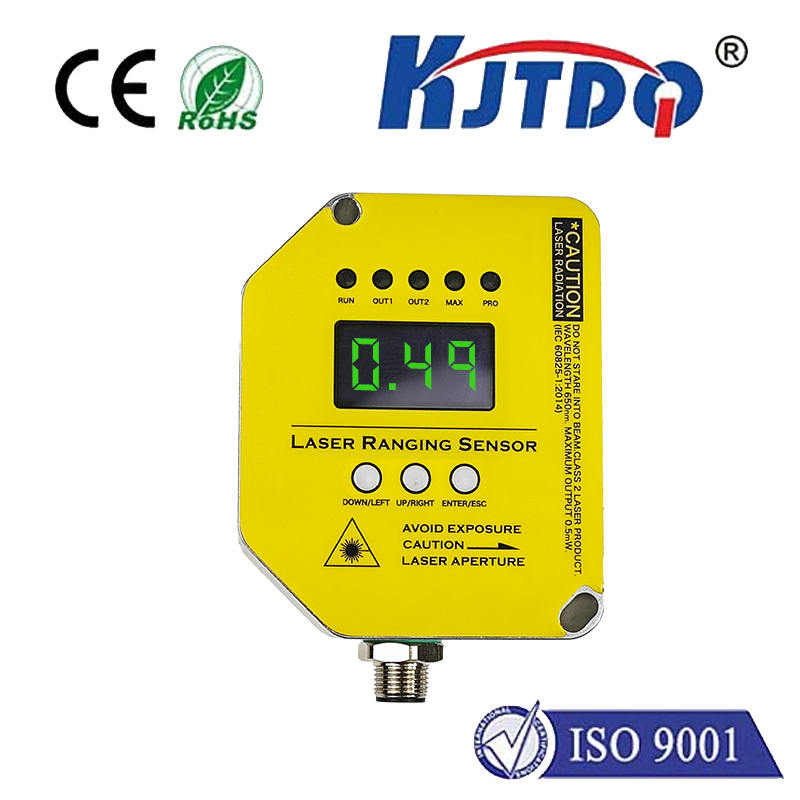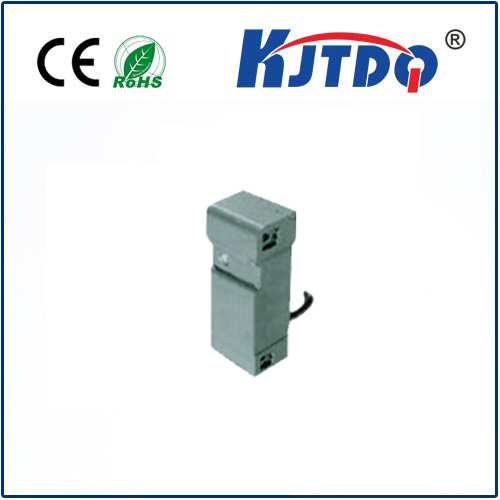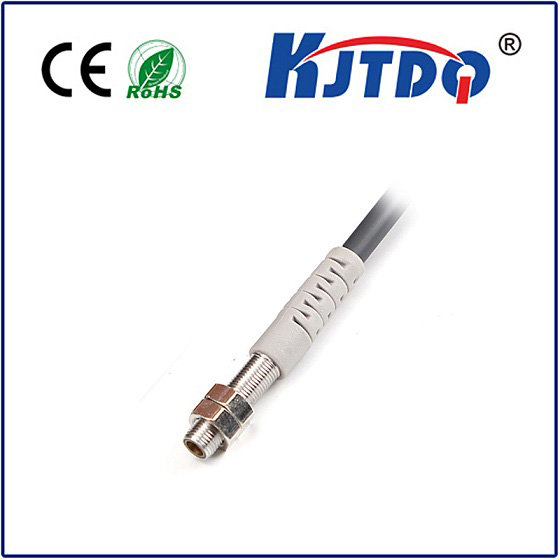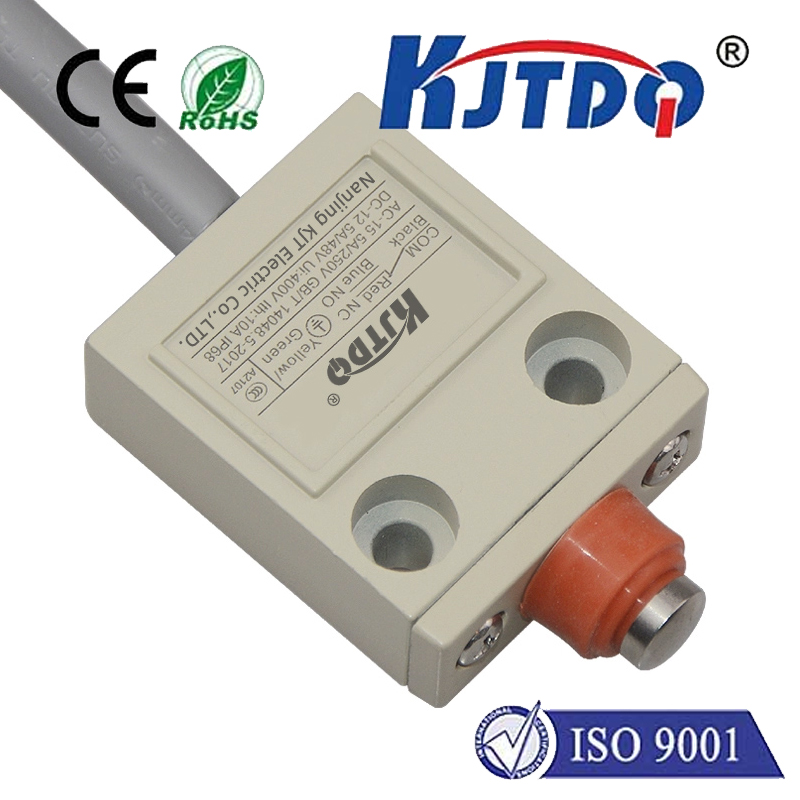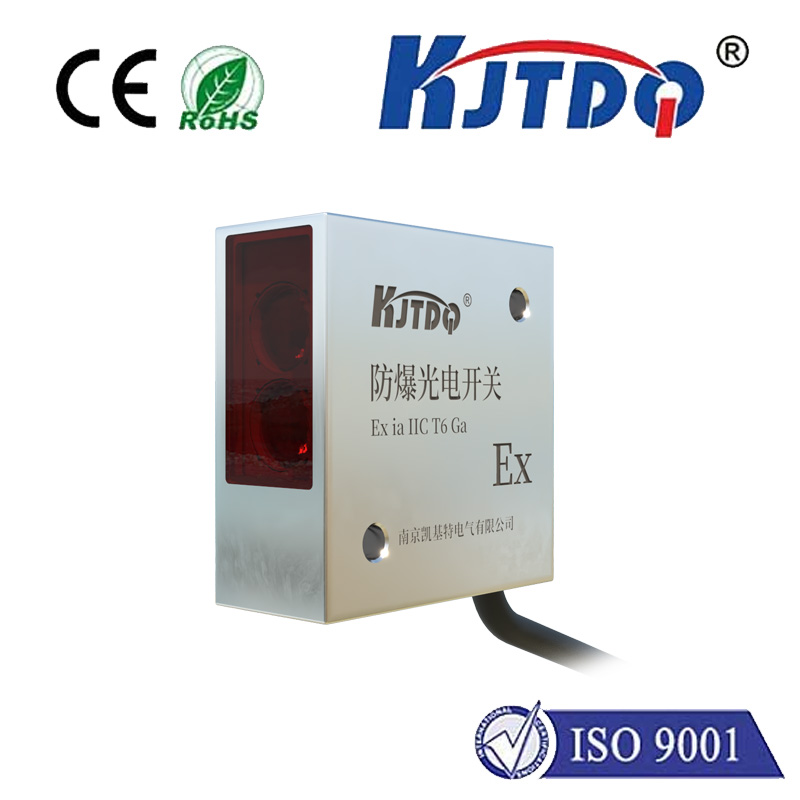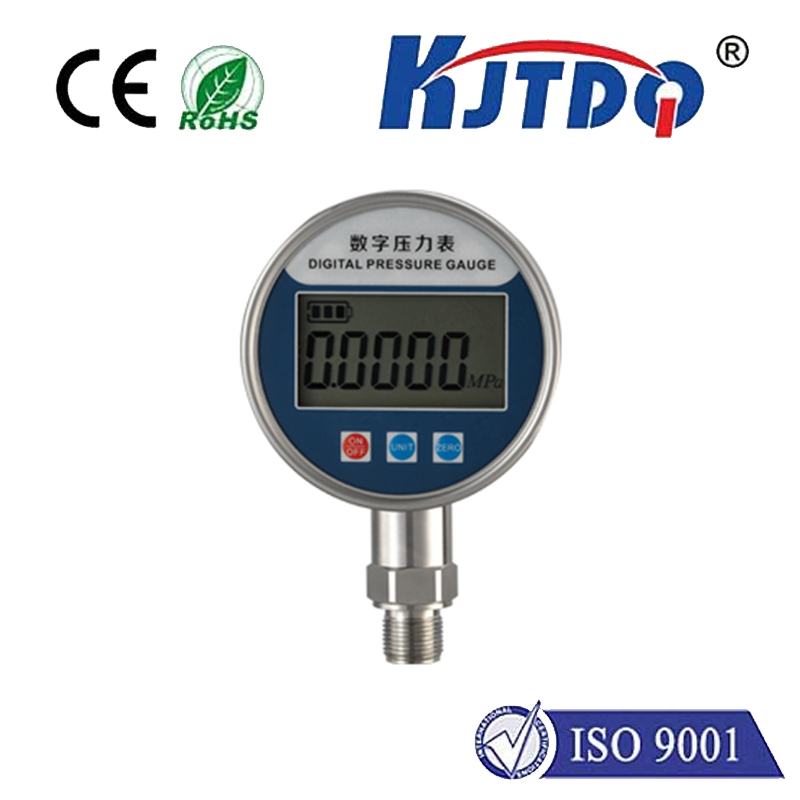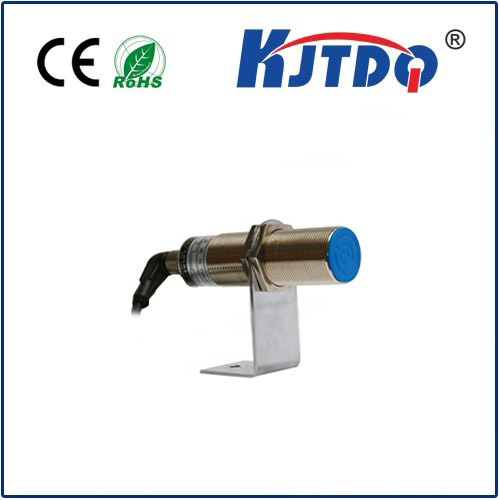pnp proximity sensor
- time:2024-10-14 14:03:33
- Click:0

Title: Unveiling the Mysteries of PNP Proximity Sensors: Your Ultimate Guide
Introduction
In the ever-evolving world of automation and technology, PNP proximity sensors have emerged as indispensable tools in various industries. Whether you are a seasoned engineer or an enthusiastic hobbyist, understanding the workings of PNP proximity sensors can significantly enhance your projects’ efficiency and accuracy. This comprehensive guide delves into the core aspects of PNP proximity sensors, their applications, benefits, and considerations for selection. Fasten your seat belts as we embark on this illuminating journey through the realm of PNP proximity sensors.
What is a PNP Proximity Sensor?
A PNP proximity sensor is an electronic device designed to detect the presence of an object without physical contact. It utilizes the principles of electromagnetic fields, capacitive, or inductive sensing to identify the target. The term “PNP” refers to the type of transistor used in the sensor’s output stage, which plays a crucial role in determining the sensor’s performance and compatibility with various systems.
Working Principle of PNP Proximity Sensors
PNP proximity sensors operate based on the change in electromagnetic fields or capacitance caused by the target object. For inductive sensors, an alternating current flows through a coil, generating a magnetic field. When a conductive object comes close to the sensor, the magnetic field is altered, inducing a current in the object. This change is detected by the sensor, triggering an output signal. On the other hand, capacitive sensors measure the change in电容between two conductive plates due to the presence of a dielectric material (the target object).
Applications of PNP Proximity Sensors
The versatility of PNP proximity sensors makes them suitable for a wide range of applications across different industries. Some common uses include:
- Industrial Automation: PNP proximity sensors are extensively deployed in manufacturing lines to detect parts, monitor processes, and ensure quality control. They help increase production efficiency, reduce downtime, and enhance product consistency.
- Automotive Industry: These sensors play a vital role in modern vehicles, from parking assistance systems and anti-lock braking systems to engine management systems and airbag deployment mechanisms. Their reliability and precision contribute to improved safetyand performance.
- Security Systems: In access control systems, door openers, and alarm systems, PNP proximity sensors provide secure and non-intrusive methods for detecting unauthorized entry or monitoring occupied spaces.
- Office Automation: From paper jam detection in printers to office equipment like photocopiers and scanners, PNP proximity sensors streamline operations and improve user experience.
Benefits of PNP Proximity Sensors
The integration of PNP proximity sensors into various systems offers numerous advantages:
- Non-contact Detection: One of the primary benefits of PNP proximity sensors is their ability to detect objects without physical contact. This feature minimizes wear and tear on both the sensor and the target object, ensuring longevity and reduced maintenance costs.
- Versatility: With different sensing technologies available, PNP proximity sensors can be tailored to suit specific application requirements, making them adaptable to diverse environments and conditions.
- High Accuracy and Reliability: PNP proximity sensors provide precise measurements and reliable operation even in harsh environments such as high temperatures, vibrations, or dusty atmospheres. This ensures consistent performance and minimizes the risk of false triggers or failures.
- Easy Integration: These sensors are designed for seamless integration into existing systems, requiring minimal installation effort and allowing for quick deployment and customization.
- Cost-Effectiveness: Despite their advanced features, PNP proximity sensors are available at competitive prices, offering excellent value for money in terms of performance and durability.
Considerations for Selecting the Right PNP Proximity Sensor
When choosing a PNP proximity sensor for your application, several factors need to be considered to ensure optimal performance:
- Sensing Range: Determine the required detection distance or range for your application to select a sensor that meets your needs without compromising accuracy or sensitivity.
- Target Material: Consider the material properties of the object you intend to detect, as different sensing technologies have varying levels of effectiveness depending on the target material’s conductivity or permeability.
- Environmental Conditions: Assess the operating environment’s temperature range, humidity levels, presence of dust or chemicals, and other potential disturbances to select a sensor that can withstand these conditions reliably.
- Power Supply: Ensure that the selected PNP proximity sensor is compatible with your system’s power supply specifications to avoid any compatibility issues or damage due to overvoltage or incorrect polarity connections.
- Output Type: Depending on your control system’s requirements, choose between different output options such as NPN, PNP, or relay outputs to facilitate seamless integration and communication between devices.
- Brand Reputation and Support: Opt for reputable manufacturers known for producing high-quality components and providing excellent customer support services to address any concerns or technical difficulties that may arise during installation or operation.
Conclusion
PNP proximity sensors have revolutionized the way we interact with technology, enabling us to achieve unprecedented levels of automation, efficiency, and safety in various sectors. By understanding their working principles, applications, benefits, and selection criteria, you can unlock new possibilities and optimize your projects’ performance. Embrace the power of PNP proximity sensors today and take your innovations to greater heights!





